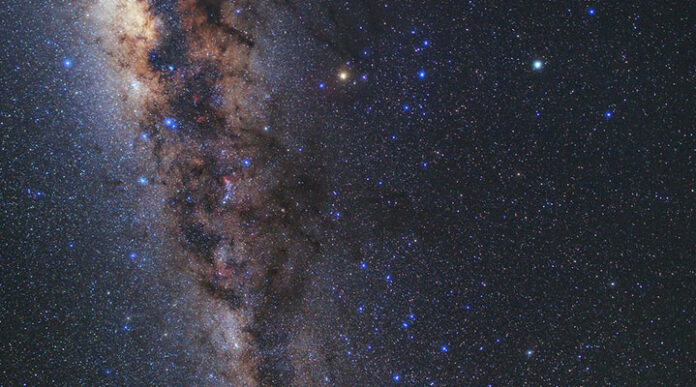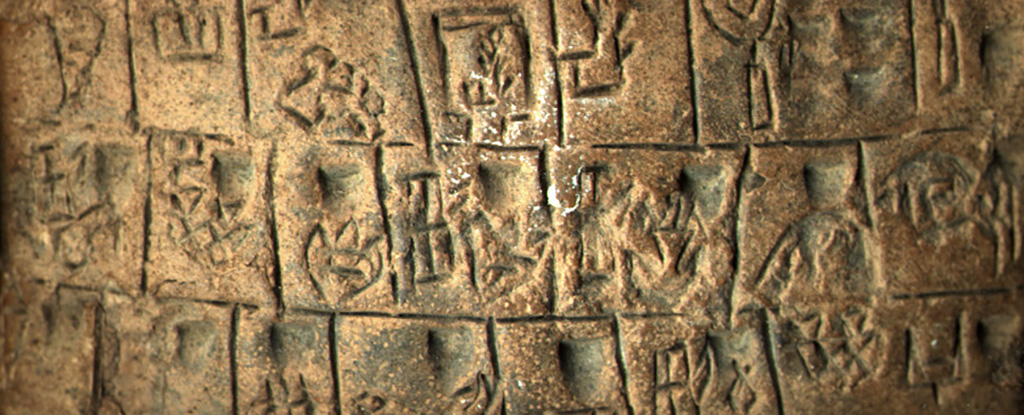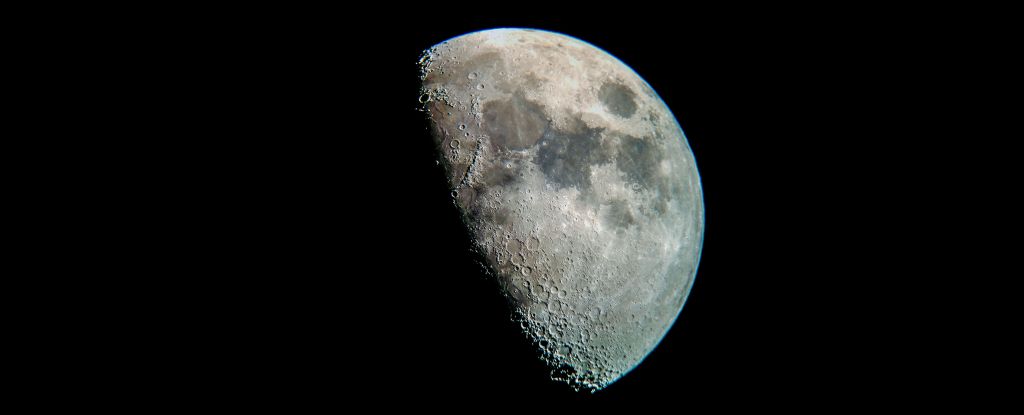One of the best places in the world to study the night sky, Mauna Kea is a mountain that is sacred to the Native Hawaiians. For more than 50 years, telescopes and astronomers’ needs have dominated the summit.
With the passage of a new state law stating that science must be balanced with culture and the environment and that Mauna Kea must be preserved for future generations, this is now changing. Instead of just providing advice to the summit’s managers as they currently do, Native Hawaiian cultural experts will hold voting positions on a new governing body.
The change happened as a result of the thousands of protesters who camped out on the mountain three years ago to prevent the building of a cutting-edge observatory, which shocked decision-makers and astronomers into realizing the situation needed to change.
There is a lot on the line: Native Hawaiian activists want to safeguard a location with significant spiritual significance. The state leases for the land beneath the observatories are set to expire in 11 years. Astronomers hope to extend the leases in order to continue making ground-breaking scientific discoveries for many years to come. Astronomy is eager to support well-paying jobs in a state that has long struggled to diversify its tourism-dependent economy, according to business and political leaders.
The new authority may also provide a groundbreaking test case for astronomers’ ability to respectfully and responsibly conduct research on Indigenous and culturally significant lands.
“We’ve lived here for ages. We remain here; we have not left. Shane Palacat-Nelson, a Native Hawaiian who assisted in creating the report that served as the basis for the new law, said, “And we have knowledge that would produce a feasible management solution that would be more inclusive.”
The Mauna Kea summit, which is 13,803 feet (4,207 meters) above sea level, is in question. The University of Hawaii received a 65-year lease from the state in 1968 for land that it sublets to eminent international research institutions in exchange for a portion of observation time.
The summit of Mauna Kea is favored by astronomers because it offers the best conditions for studying space from the Northern Hemisphere thanks to its clear skies, dry air, and minimal light pollution. Its dozen enormous telescopes have made significant contributions to the expansion of human knowledge of the cosmos, including some of the first pictures of planets outside of our solar system. One was utilized by astronomer Andrea Ghez to establish the reality of a supermassive black hole at the galaxy’s center, for which she shared the 2020 Nobel Prize in Physics.
However, the telescopes have also altered the summit’s landscape and have angered Native Hawaiians more and more because they regard the location as sacred. The $2.65 billion (roughly Rs. 21,200 crore) Thirty Meter Telescope, or TMT, supported by the University of California and other institutions, was the target of protests in 2019 organised by individuals identifying as “kia’i,” or protectors of the mountain.
38 elders, mostly Native Hawaiians, were detained by law enforcement, which only fueled the protests. After TMT stated that construction wouldn’t begin right away, police withdrew months later. Due to worries about COVID-19, protesters remained put but ended their camp in March 2020.
The incident prompted lawmakers to look for a fresh strategy.
The Mauna Kea Stewardship and Oversight Authority, with a board of 11 voting members, is the new governing body that is the result of this. Eight will be chosen by the governor. Dates for the announcement of the candidates, who must be confirmed by the state Senate, have not yet been set by Governor David Ige. More than 30 have applied, he claimed.
Palacat-Nelsen asserted that the authority could determine the appropriate footprint for man-made structures like telescopes at the summit using traditional Native Hawaiian knowledge.
“Are we moving quickly? Do we move slowly? When do we start moving? What time of year do we move? said Palacat-Nelsen. “Most of our traditional, passed-down stories contain all that kind of knowledge embedded in them.”
Because one member of the authority must be a recognized practitioner of Native Hawaiian culture and another must be a direct descendant of a Native Hawaiian who practices Mauna Kea traditions, the board will have this knowledge.
The idea that the summit is where gods reside and humans are not permitted to live is central to the Native Hawaiian perception of Mauna Kea. The mountain is said to be the oldest child of Wakea and Papawalinu’u, the male and female sources of all life, according to a centuries-old chant. The mountain still attracts clouds and precipitation, which sustains the Big Island of Hawaii’s forests and provides communities with clean water.
After a working group of Native Hawaiian cultural experts, protesters, observatory staff, and state officials met to discuss Mauna Kea, lawmakers drafted the law. Their report, which devoted a sizable portion to the mountain’s historical and cultural significance, served as the basis for the new law.
The authority is backed by several kia’i who were members of that working group. One kia’i leader has been proposed by the House speaker for the board.
However, some ardent telescope detractors are vocal, raising concerns about the extent of the community support for the authority.
Native Hawaiians should at the very least have equal standing on the board, according to Kealoha Pisciotta, who has been involved in legal challenges against TMT and other observatory proposals since 1998.
“You don’t really have a voice. It’s intended to give the impression that we have consent and representation when, in reality, we don’t, according to Pisciotta, a representative of the organisations Mauna Kea Hui and Mauna Kea Aina Hou.
Lawmakers claimed that the US astronomy community as well as the state of Hawaii are exerting pressure to resolve the dispute over the telescope.
State Representative David Tarnas cited a report from a group of astronomers from across the nation that stated a new framework for cooperative decision-making with indigenous and local communities was required.
State Senator Donna Mercado Kim declared, “This is not just the Big Island issue, it’s not just a state issue; I believe it’s a global issue. “I think everyone is watching to see how we handle this,”
While they have chosen a site in Spain’s Canary Islands as a backup, the supporters of the TMT project still want to build on Mauna Kea.
The director of the University of Hawaii’s astronomy program suggested that if the authority “stabilizes the whole situation” for Mauna Kea astronomy, it might benefit his own university.
However, Doug Simons expressed concern that the authority might not be operational in time to renew the master lease and subleases for Summit.
If the state doesn’t approve an extension, the master lease mandates that all currently operating telescopes be decommissioned and their sites returned to their pre-existing conditions by 2033.
The telescopes and related infrastructure will need to be dismantled for at least five or six years, according to Simons. The observatories will have to start closing down if new lease agreements aren’t ready by 2027.
There isn’t a straightforward way around this, Simons said. In order to give himself as much time as possible for negotiations and inevitable legal challenges, he said he is pushing for the authority to be established as soon as possible.
The eventual board members were urged by Rich Matsuda, a W.M. Keck Observatory employee and member of the working group, to refrain from acting as “stakeholders with narrow interests just trying to ensure that they get their piece of the pie.”
He claimed that tensions over the construction of the telescope led people to withdraw and refrain from talking about challenging issues pertaining to Mauna Kea. He suggested that this might change as a result of the new law’s emphasis on the mountain’s health.
If we handle this properly, Matsuda hoped, “this gives us a chance to change that dynamic.”





